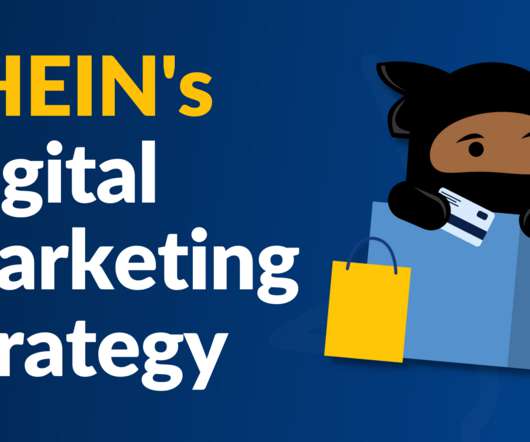The History of Social Media Since 2003
Hubspot Marketing
OCTOBER 11, 2023
2011 - Snapchat followed Instagram as a mobile-only experience and the first app to popularize disappearing messages and ephemeral content. 2011 - Google+ was created, where users could create Circles of people they wanted to connect with and share content exclusive to those micro-networks. Let’s go dive into the timeline of events.














Let's personalize your content